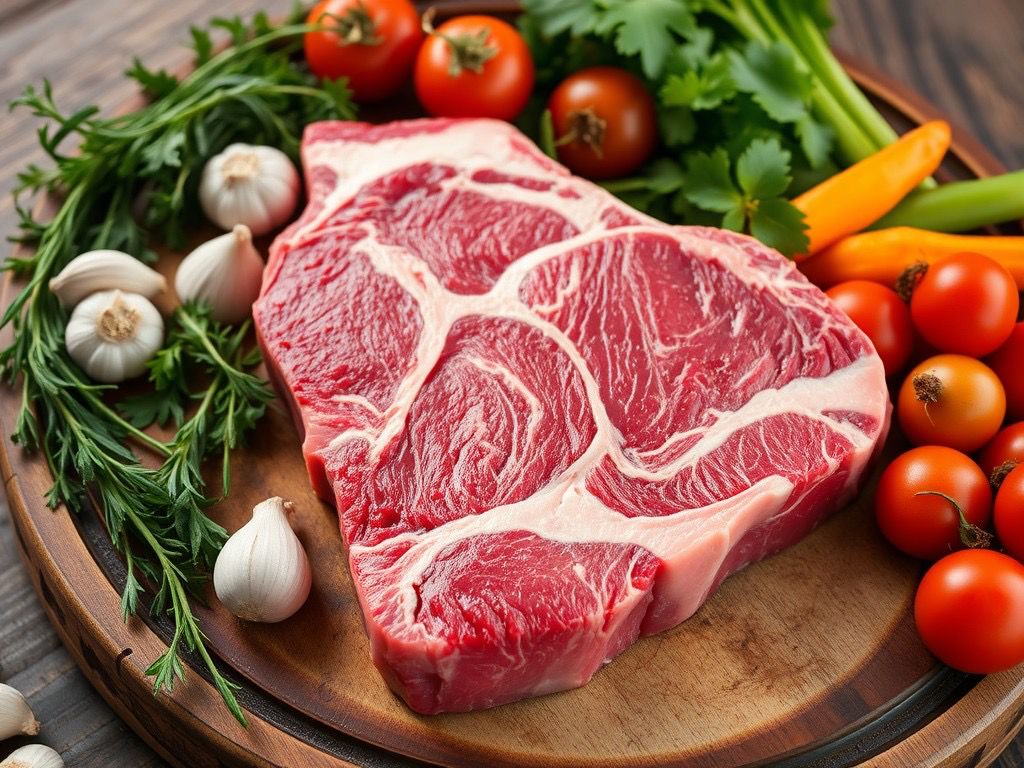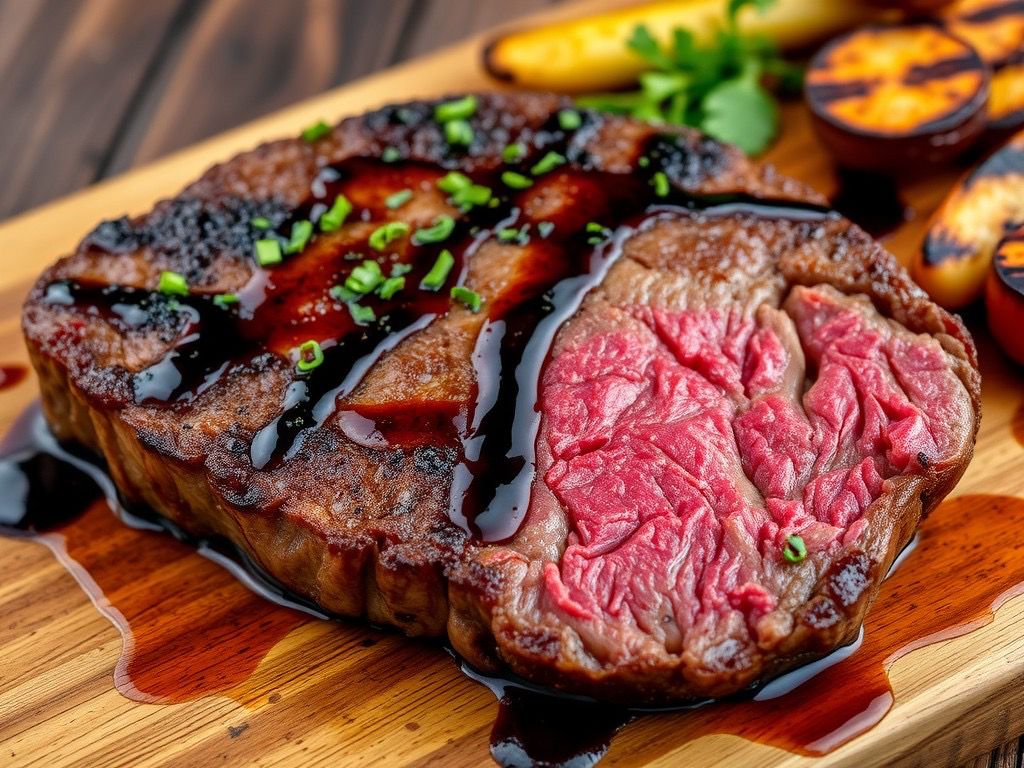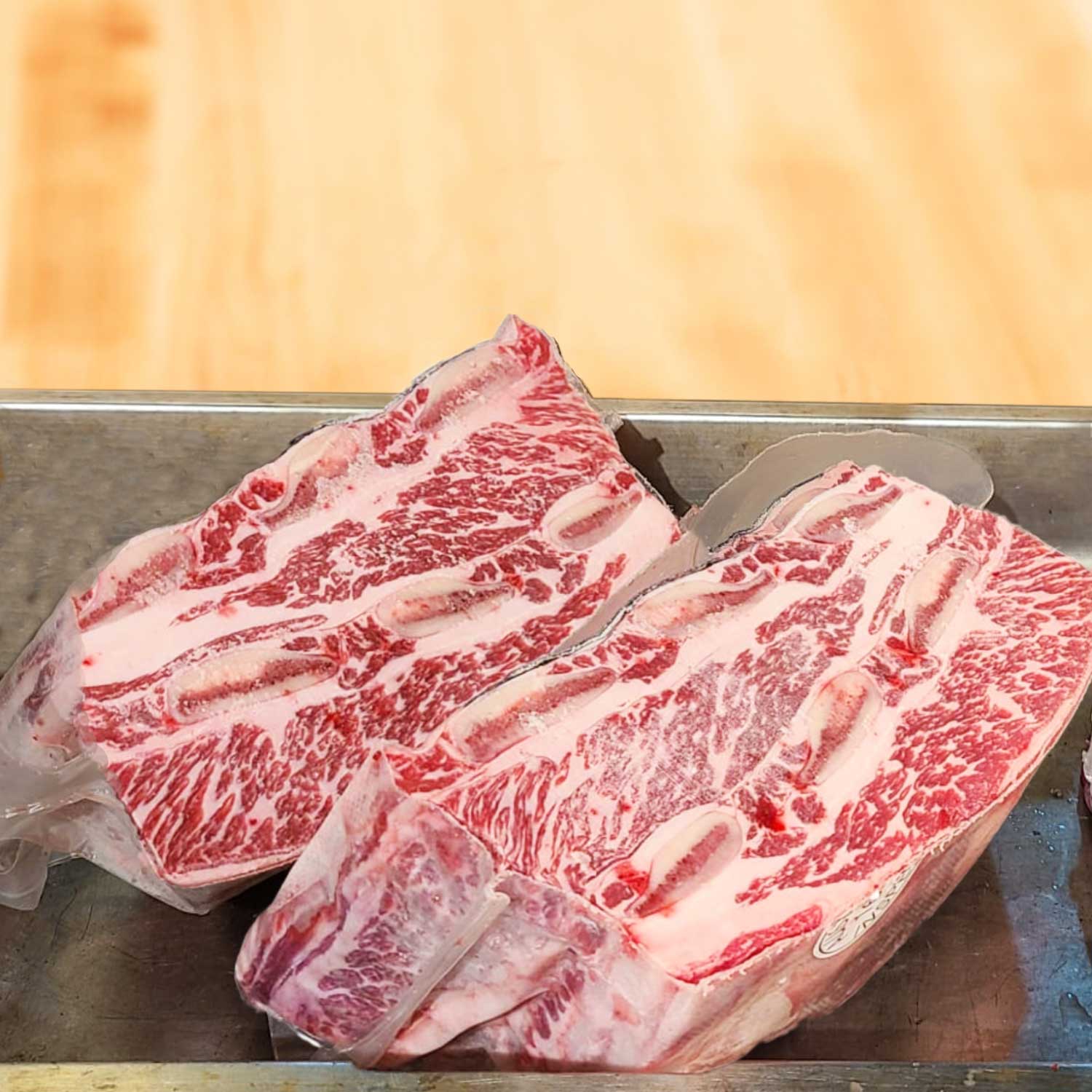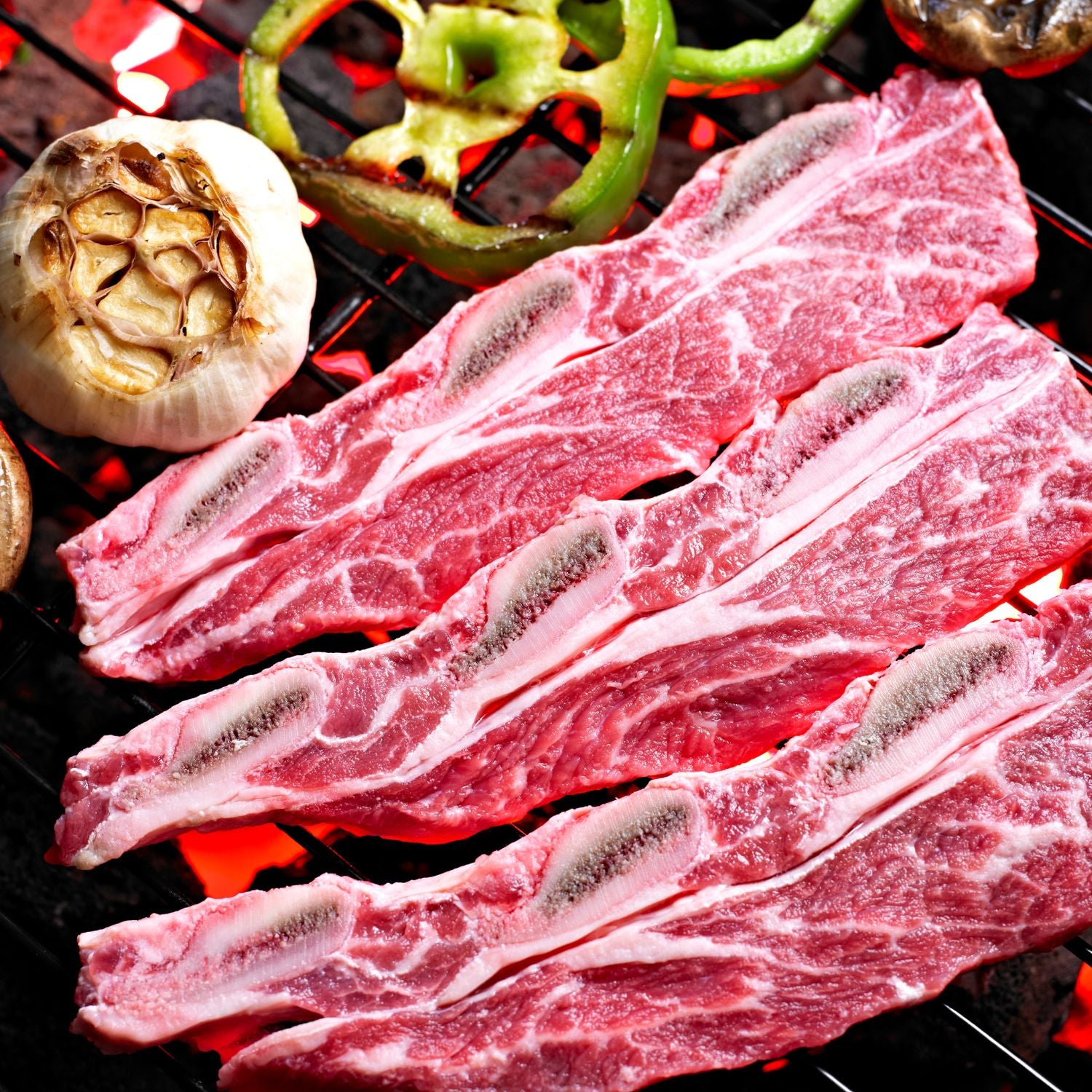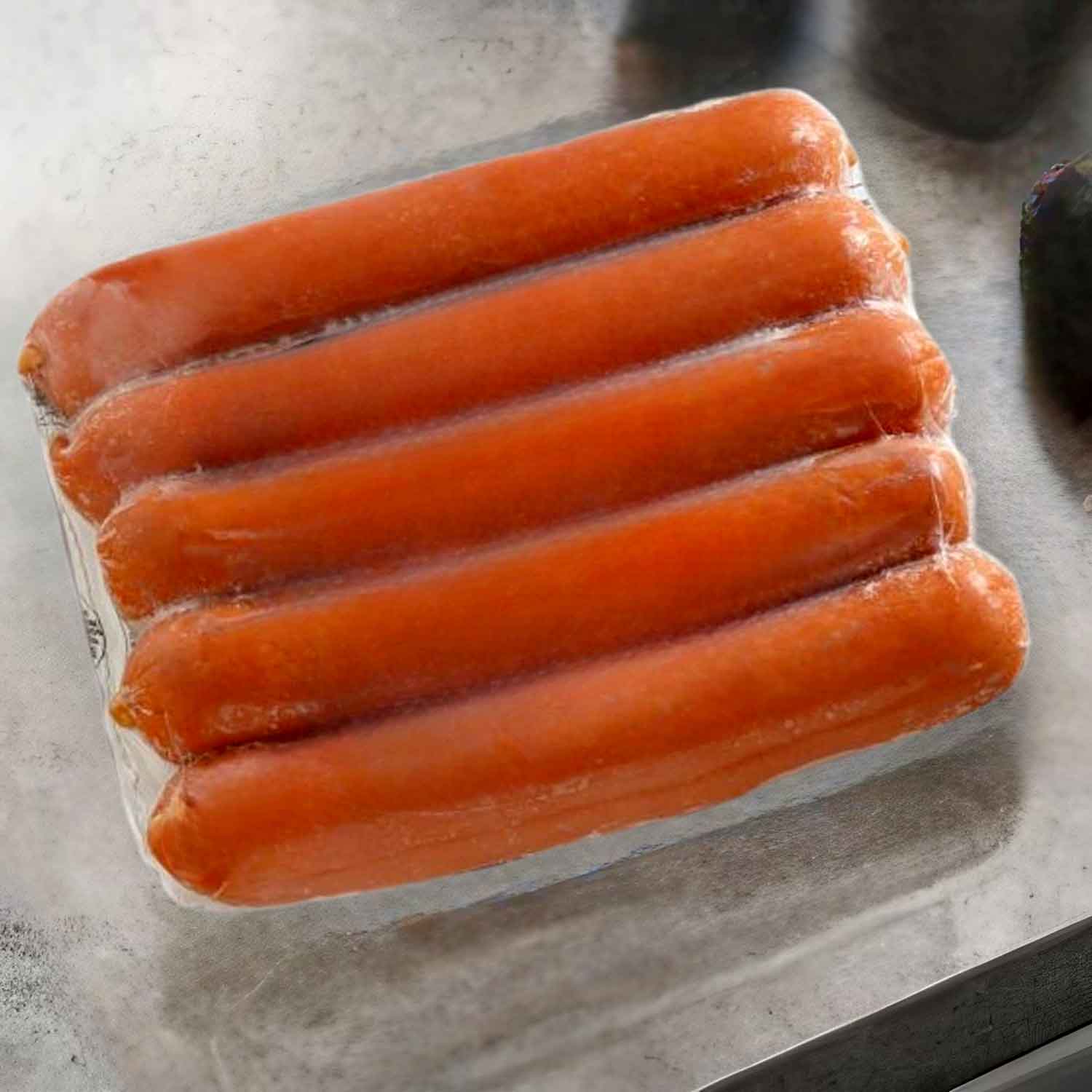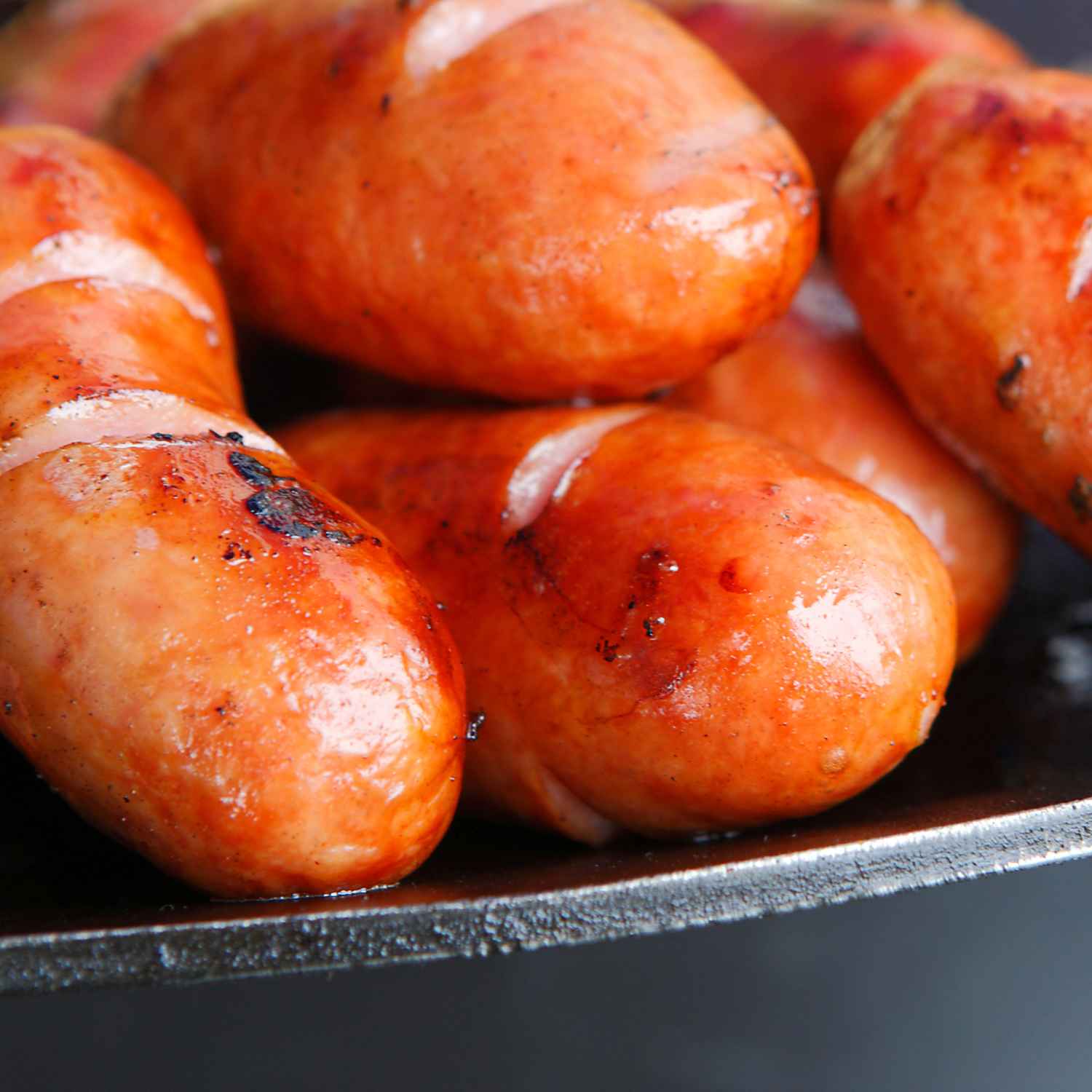Understanding Beef Cuts and Their Significance
The Role of Muscle and Fat in Beef Quality
The role of muscle and fat is key in beef quality. Muscle affects the meat's tenderness. Fat gives beef its flavor and juiciness. Marbling, or fat within muscle, is prized. It makes the steak tender and tasty. Lean cuts are healthier but less tender. The right balance of muscle and fat is ideal. It ensures a delicious, succulent steak. Choose based on your taste and health goals. A ribeye with more fat is richer. A leaner cut is better for health-minded folks.

Grading Systems for Meat: What They Mean for Consumers
When you choose beef in Hong Kong, you'll see grades like 'Prime' or 'Choice'. These grades are given by experts who look at the beef's color, texture, and how much fat it has. The grades help you know the quality and taste of the beef. 'Prime' grade means the beef is very soft and has a lot of fat marbles, which makes it very juicy and flavorful. 'Choice' grade is also good, but it has less fat marbles than Prime. Remember, the grade can tell you how good the beef might taste, but it's not the only thing to consider. Where the cow was raised and what it ate also affect the taste of your steak.
The Art of Selecting the Finest Beef in Hong Kong
Identifying Grass-Fed vs. Grain-Fed Beef
In Hong Kong, finding the best beef starts with understanding the feed type. Grass-fed beef comes from cows that eat mostly grass. Grain-fed cows eat grains like corn. Grass-fed meat often has a tighter texture. Its flavor is rich with a hint of earthiness. Fatty acids like omega-3s are higher in grass-fed beef. This beef is also leaner than grain-fed. Grain-fed beef tends to be tender with more marbling. The taste is often sweeter and less intense. When shopping, look for tags that say 'grass-fed' or 'grain-fed'. Ask the butcher if you're not sure. This way, you can choose the beef that fits your taste and health preferences.
Taste and Texture: Exploring the Differences Among Beef Cuts
When picking beef in Hong Kong, taste and texture matter a lot. Different cuts have unique flavors. For tender meals, choose cuts like tenderloin. For a hearty chew, opt for chuck or brisket. Ribeye offers rich marbling and juiciness. T-bone gives you two-for-one: tender and robust taste. Cooking style also changes taste and feel. Fast grilling suits some cuts, slow braising fits others. Remember, marbling means more flavor. Choose your beef wisely for the best dining experience.
Hong Kong's Best Beef Cuts: Recommendations and Tips
Top Picks for Grill Enthusiasts: Striploin and Ribeye
For grill lovers, the choice is clear. Striploin and ribeye are top. Striploin is lean yet juicy. Ribeye offers rich flavor, thanks to more fat. Both are superb when grilled. Look for grass-fed versions for the best taste. They come from cattle that eat only grass. This gives the beef a unique, desired taste. To start, pick a steak with good marbling. The fat lines add to the juiciness. Don't overcook these cuts. Medium-rare is often the best level. This keeps them tender and full of flavor.
Wagyu Steaks and Their Preferred Preparation Methods
Wagyu beef hails from Japan and stands out for its marbling. In Hong Kong, Wagyu steaks are cherished. Cook them with care to maintain their flavor and tenderness. A quick sear on high heat is best, followed by a rest before serving. No need for strong spices; salt and pepper will do. Try low-temp cooking methods like sous vide for even cooking. Pair Wagyu with simple sides to let its taste be the star of the dish.
How to Prepare Beef Cuts for Maximized Flavor and Texture
Preparing beef cuts with skill can turn a good meal into a great one. Here are some tips for capturing the full flavor and texture of your beef, regardless of cut.
- Marinate your beef to enhance its taste and tenderness. Use a mix of oils, herbs, and acids like vinegar or citrus juice.
- Room Temperature: Take the beef out of the fridge about 30 minutes before cooking to ensure even cooking.
- Heat Level: Sear beef on high heat to lock in juices, then reduce heat to cook through as needed.
- Resting: Always rest the beef after cooking. This allows the juices to redistribute for maximum flavor and juiciness.
Each step, from marinating to resting, plays a critical role in maximizing the sensory experience of Hong Kong's finest beef cuts.











